
Explore
Seven Elements of Conversational Leadership


01
Stopping the Conversation You Are Having Now
Finisterre - the ends of the earth. The place where ground turns to ocean. The first step toward a new conversation is to stop the conversation you are having now. “No way to make sense of a world that would not let you pass, except to call an end to the way you had come.” Finding a different way to tread.


02
Cultivating a Friendship with the Unknown
Overcoming the temptation to manufacture a new conversation too early in the process. Cultivating a relationship with silence. Finding a different relationship to the horizon and the ground on which we stand. Asking beautiful questions: questions that shape our identities as much by asking as by answering.
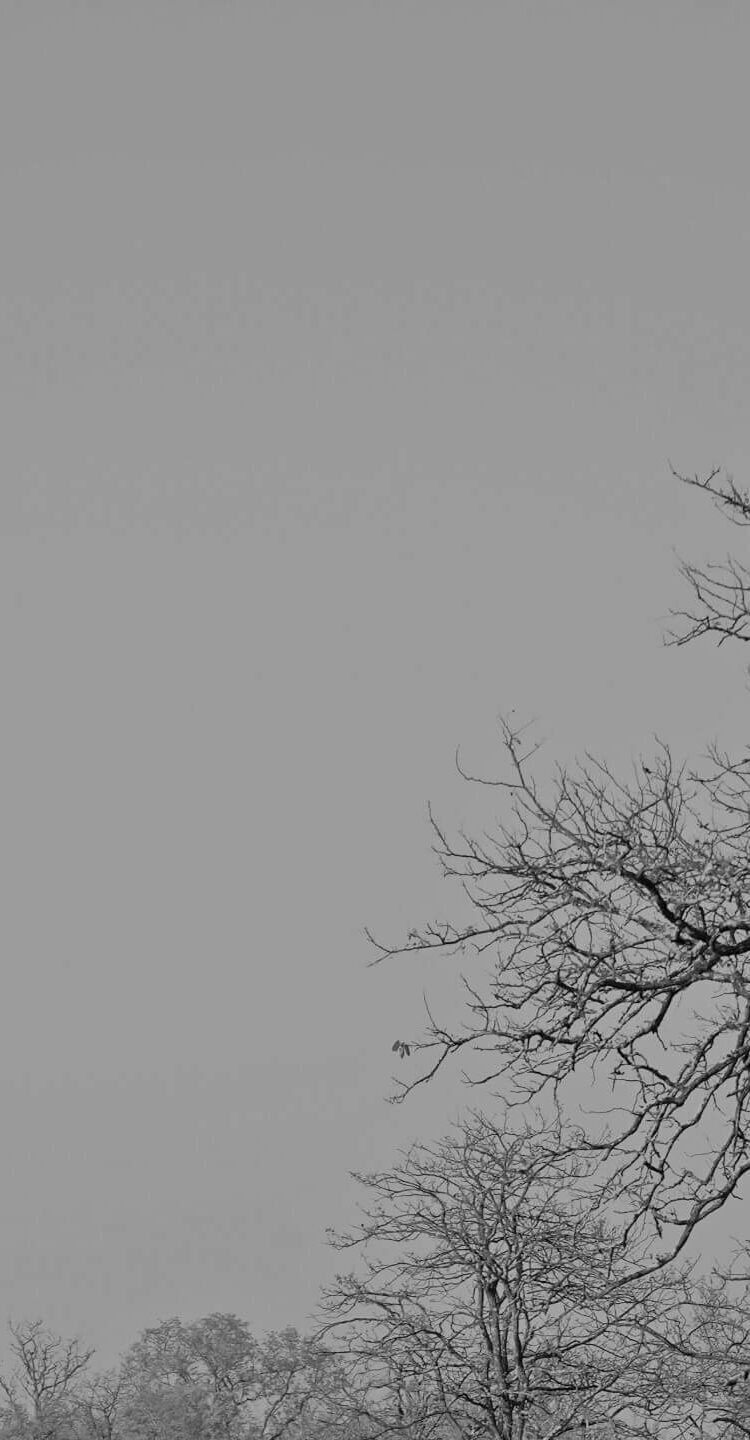

03
Coming to Ground
Start close in: don’t take the second step or the third, start with the first step, close in; the step you don’t want to take. In the midst of the silence created out of stopping the conversation, a new deeper if darker and disturbing spaciousness, a deeper attention and intentionality and, at the center, a newly discovered ground from which to step into our new lives.
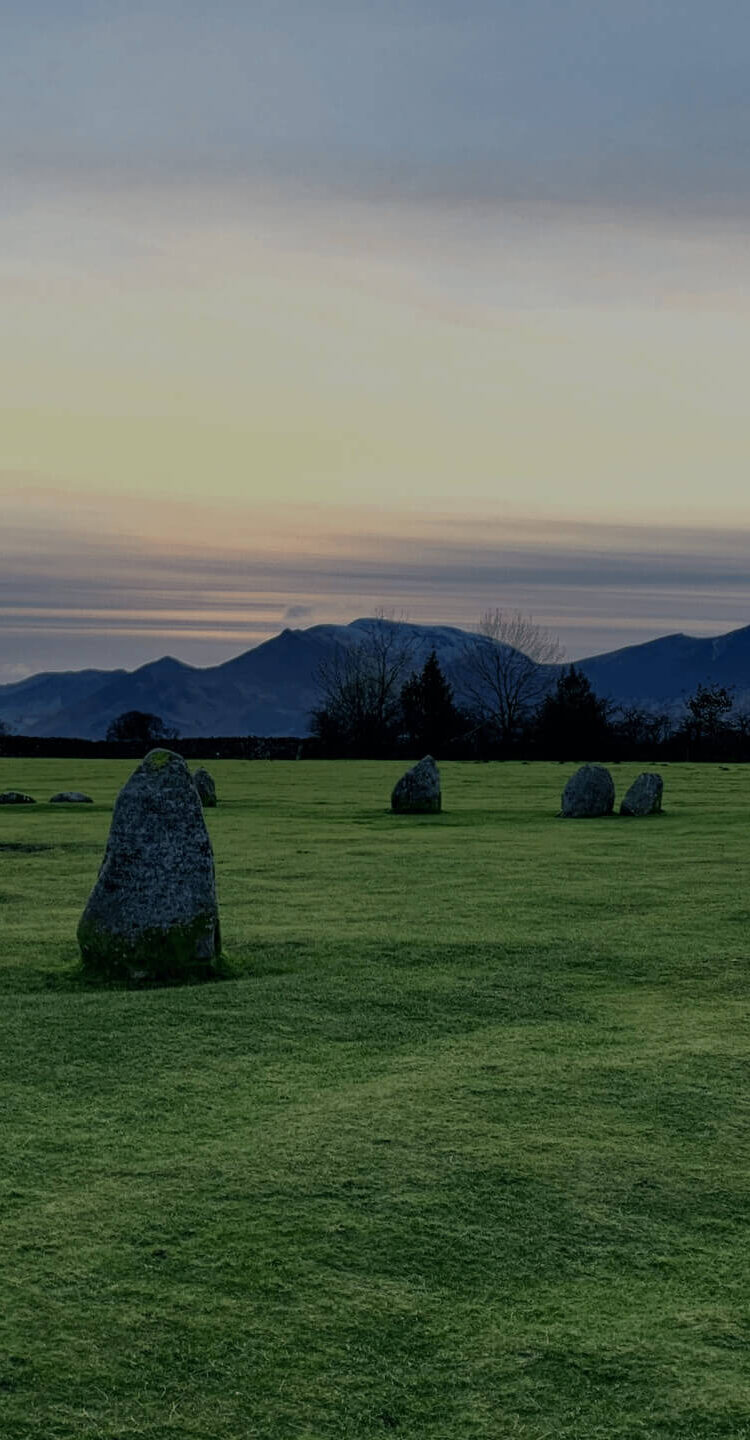

04
Robust Vulnerability
Vulnerability is not a weakness, a passing indisposition, or something we can arrange to do without, vulnerability is not a choice, vulnerability is the underlying, ever-present and abiding undercurrent of our natural state. To run from vulnerability is to run from the essence of our nature; the attempt to be invulnerable is the vain attempt to become something we are not and most especially, to close off our understanding of the grief of others. More seriously, in refusing our vulnerability we refuse to ask for the help needed at every turn of our existence and immobilize the essential, tidal and conversational foundations of our identity.
In fully embodying our vulnerabilities we become more physically present not only to the sources of our fears and our defenses, but to a more proper relationship with reality, in understanding how much we need to ask for help. We ask for two kinds of help - the first we are familiar with: visible, transactional help; the second is more challenging: invisible help. Invisible help is the help we do not as yet know we need. Our identities are not yet large enough, robust enough or even vulnerable enough to understand what we must ask for. In order to receive invisible help we can only shape our identities toward revelation and surprise.


05
Artistry
Following this axis of vulnerability and revelation through the conversational world and giving it outer form may be the closest definition we have to our personal artistry. Let your vulnerabilities walking on the cracked sliding limestone be this time, not a weakness, but a faculty for understanding what’s about to happen. Vulnerability not as weakness but as a way of seeing, hearing, imagining, and coming into contact with a world larger than our own. Finding your own physical practice of this artistry, finding an outer craft to your inner artistry as a way of being fully in the world.
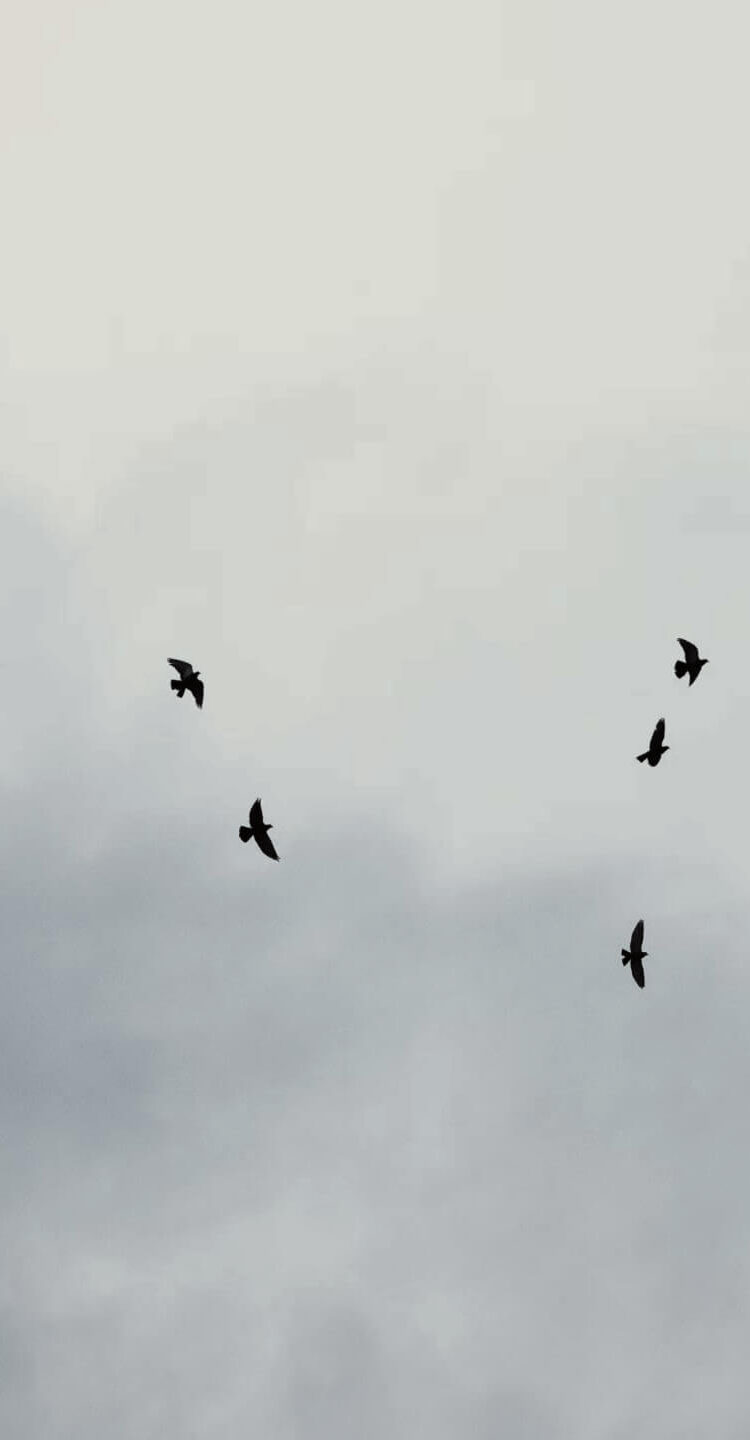
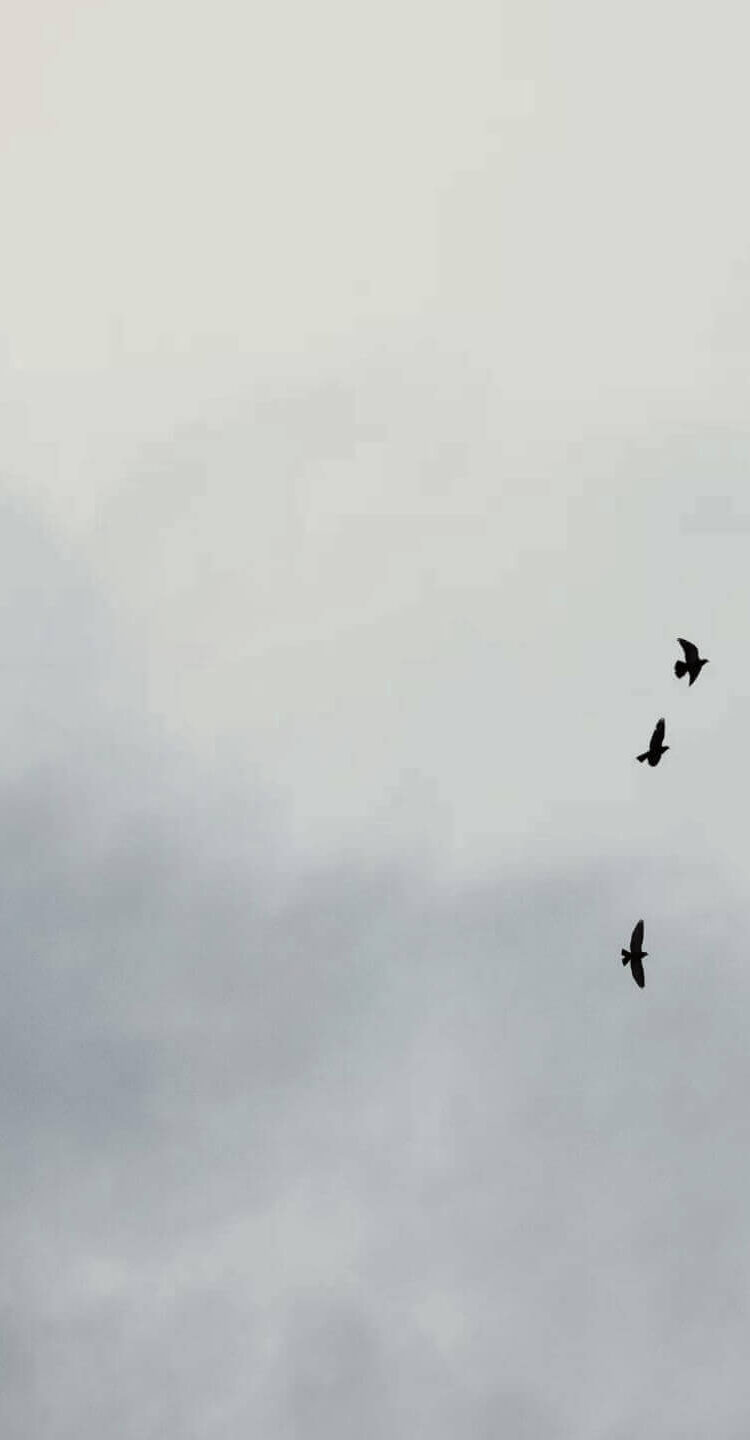
06
Making the Invitation
If vulnerability makes us understand just how much help we need, then practicing this constant need to ask is the practice of making invitations - to others, to ourselves, even to what lies over the horizon of our present life. One of the beautiful and disturbing questions we can ask ourselves is the central question around how invitational we are as individuals. What do others think my invitation is to them? How do I invite myself to frontiers of courage and trepidation? Is my invitation anything anyone would want to follow?
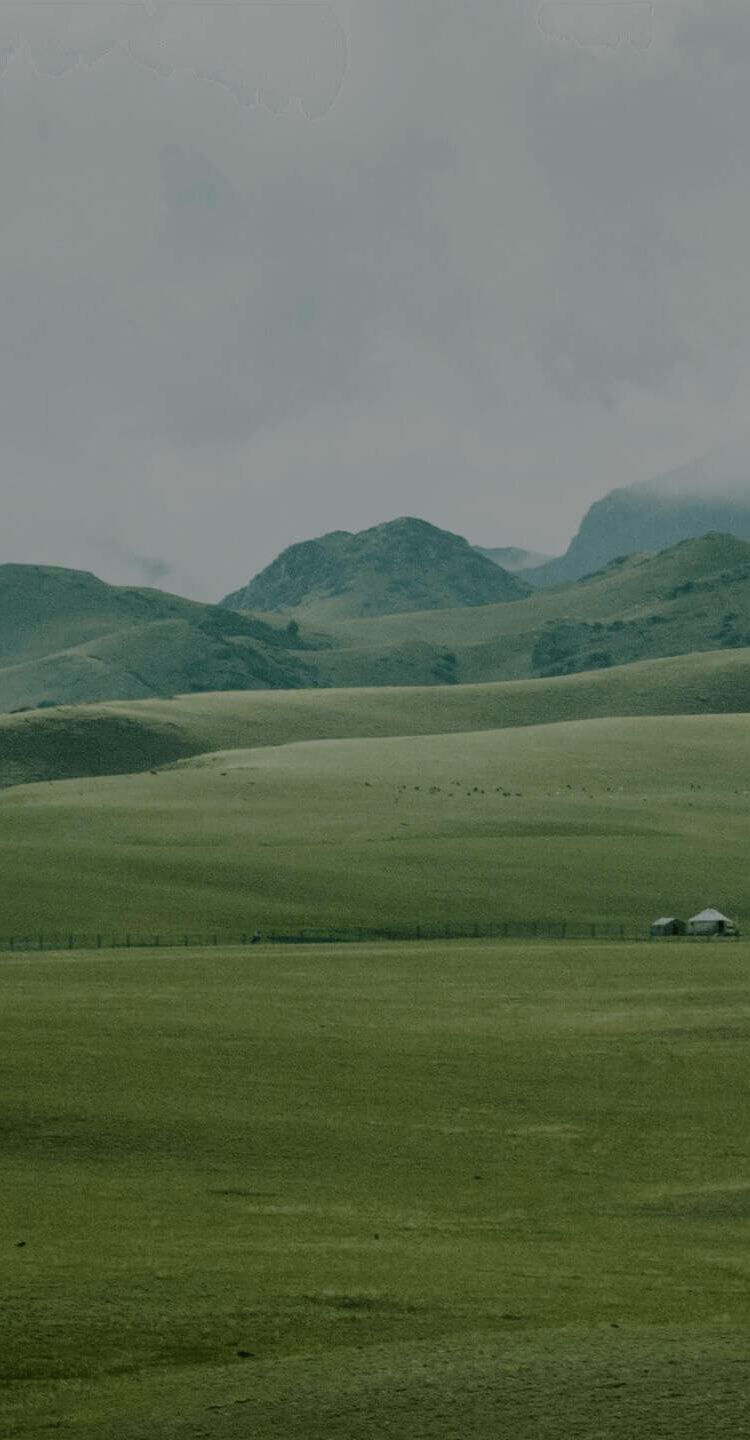

07
Harvest
Human beings are very good at working hard, preparing, planning, sowing and tending; not so good at bringing in the harvest of all their labors. We often refuse to have the patience that a true ripening calls for, moving onto new initiatives before the one we have worked so hard for has had time to flower. There is also the difficulty that lies in the hidden, unspoken, almost invisible harvests connected with our shadows and our difficulties. Many of us have elements inside us that did not set right in our growing, were confined or nipped in the bud when they should have been coming into full blossom.
Whether the harvest is easy to see but requires patience, attention or waiting to bring in, or whether it is hidden and difficult and requires a combination of courage and vulnerability to bring to fruition, bringing in the harvest is one of the great accomplishments of a human life. Lastly, harvest is the time for celebration, to live in the bounty, to share with others, to mark where we have come, what we have achieved and the vista which lies before us from the achievement.